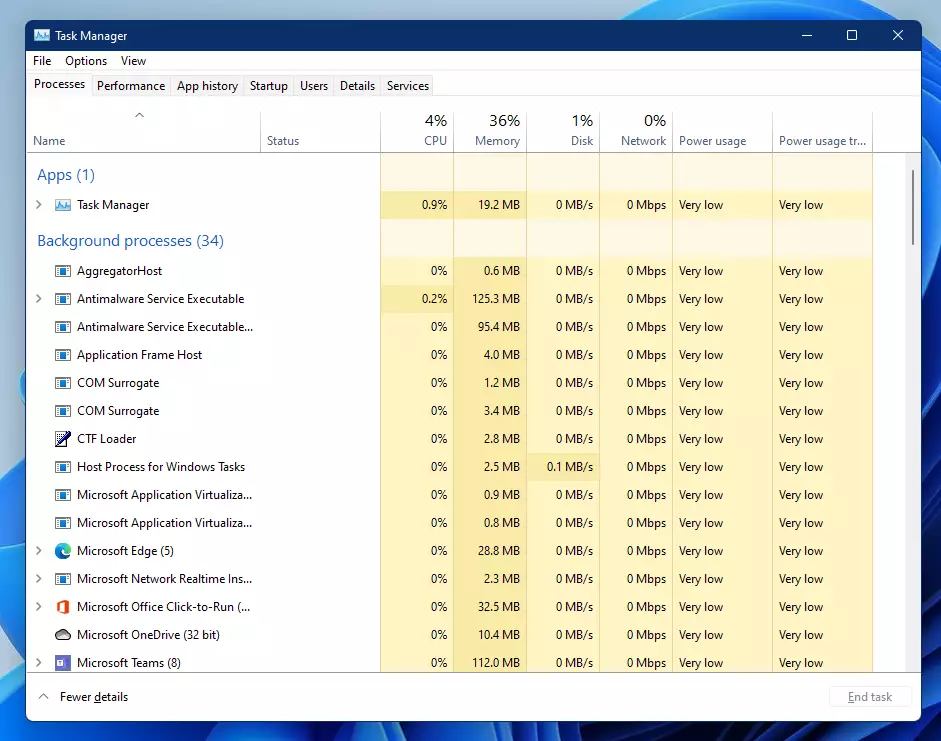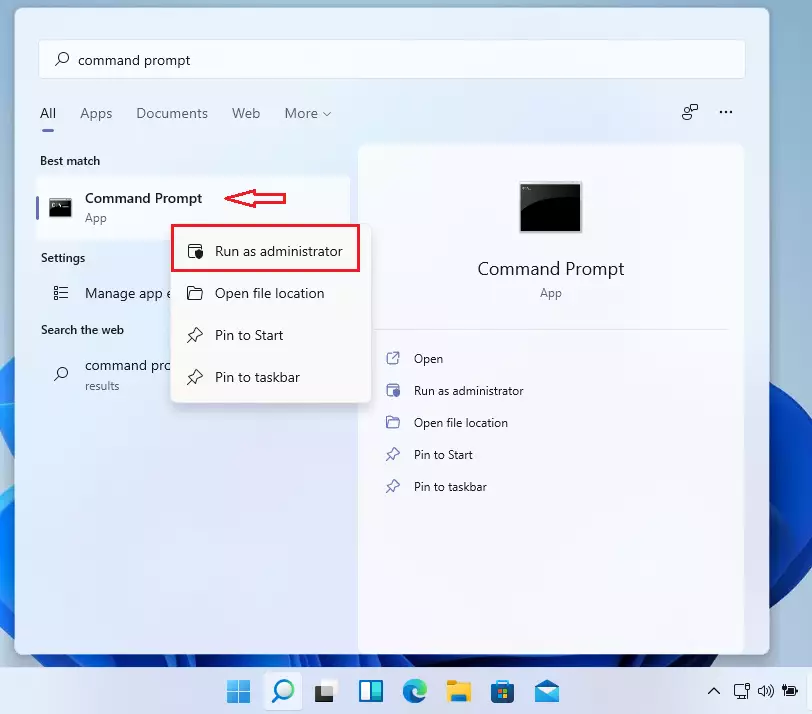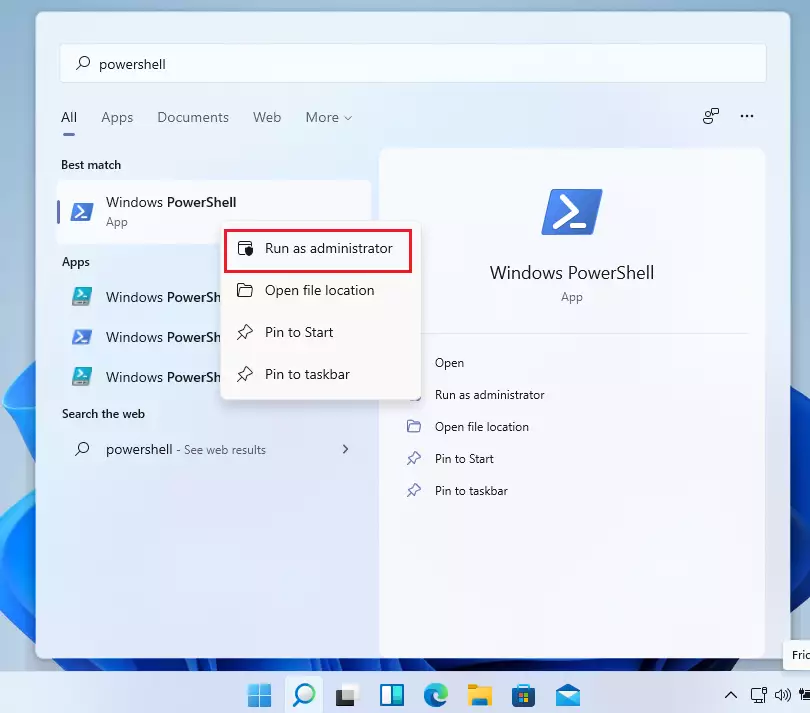This article explains how to find or view what’s running in Windows to help troubleshoot, diagnose, and resolve issues.
If your computer is running slowly, most people open the Task Manager to see if a program or service uses too much CPU, Memory, or other resources that may be causing the problem.
The Task Manager is a tool that provides a quick, easy way to view what programs, background processes, and apps are running on your computer. Using this information, one can quickly find and discover issues related to performance or threats, including viruses and malware.
The Task Manager comes with multiple tabs, with the Processes tab being the default tab, which always opens with Task Manager. From the Processes tab, you can stop or end any app not responding or using too many resources, impacting the system performance.
In the Task Manager, under the Processes tab, select the app you want to kill or stop and click the End Task button to stop the app from running.
You can also use the Command Prompt or PowerShell to view or list running processes in Windows. Use the tasklist command or get-process in the Command Prompt if you use PowerShell. Another way to see what’s running in Windows is to use the WMI wmic process command.
How to view what is running in Windows 11
As mentioned above, if you want to view what’s running in Windows, you will probably want to use Task Manager. However, there are also commands that you can run to view all processes currently running in Windows.
Open the Task Manager; then, on the Processes tab, you’ll see all processes running in Windows.

You can see all running tasks under Processes when the Task Manager opens.
How to list all processes in Windows 11
If you’re comfortable using the command prompt, then use these commands to list or view all running processes in Windows.
Go to the Start menu, then search for and open the Command Prompt as an administrator.

Then, run the commands below to list all running processes.
tasklist
You can also get running processes from PowerShell. Open PowerShell as an administrator.

Then run the commands below:
get-process
You can also use the commands below in Command Prompt or PowerShell.
wmic process get ProcessId,Description,ParentProcessId
Something to be aware of is that you might not find everything running in Windows using the methods above in some cases. If a malicious program or virus is designed not to list its process, you may not be able to view it with Task Manager or the other commands above.
You may have to use an antivirus or threat removal software to do that for you.
Conclusion:
- The Task Manager is a powerful tool for monitoring system performance and identifying resource-heavy applications.
- You can manage running processes effectively through the Processes tab in Task Manager.
- Command Prompt and PowerShell offer alternative methods to list running processes using commands like tasklist and get-process.
- Some malicious programs may evade detection by standard tools, necessitating antivirus software for thorough scanning.
- Regularly checking running processes can help maintain optimal system performance and security.

Leave a Reply